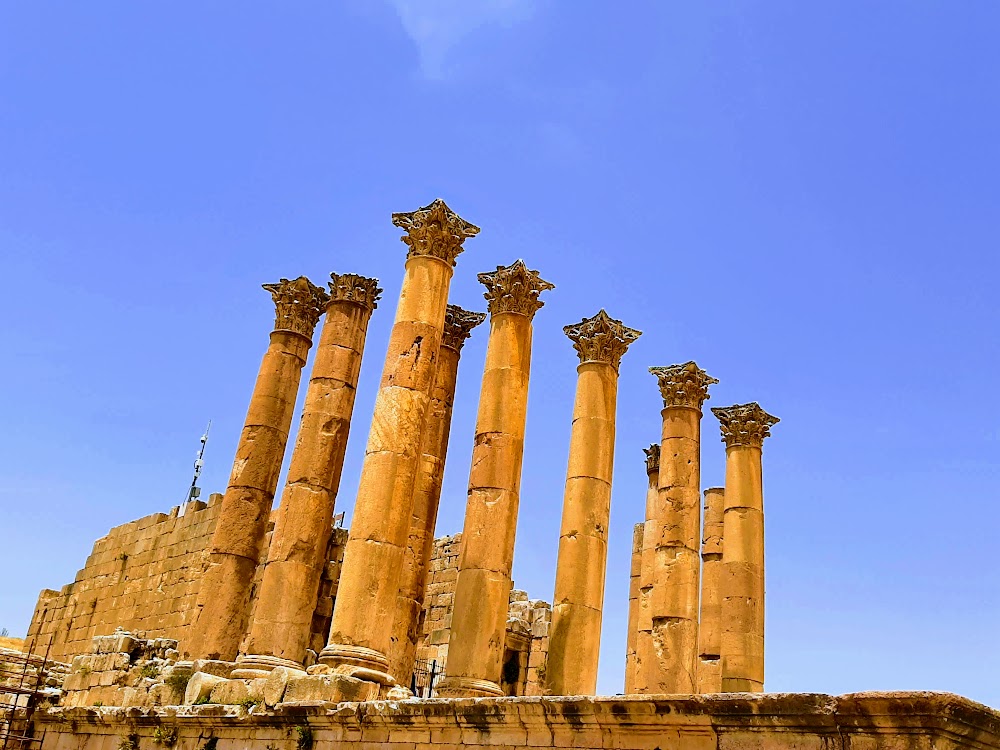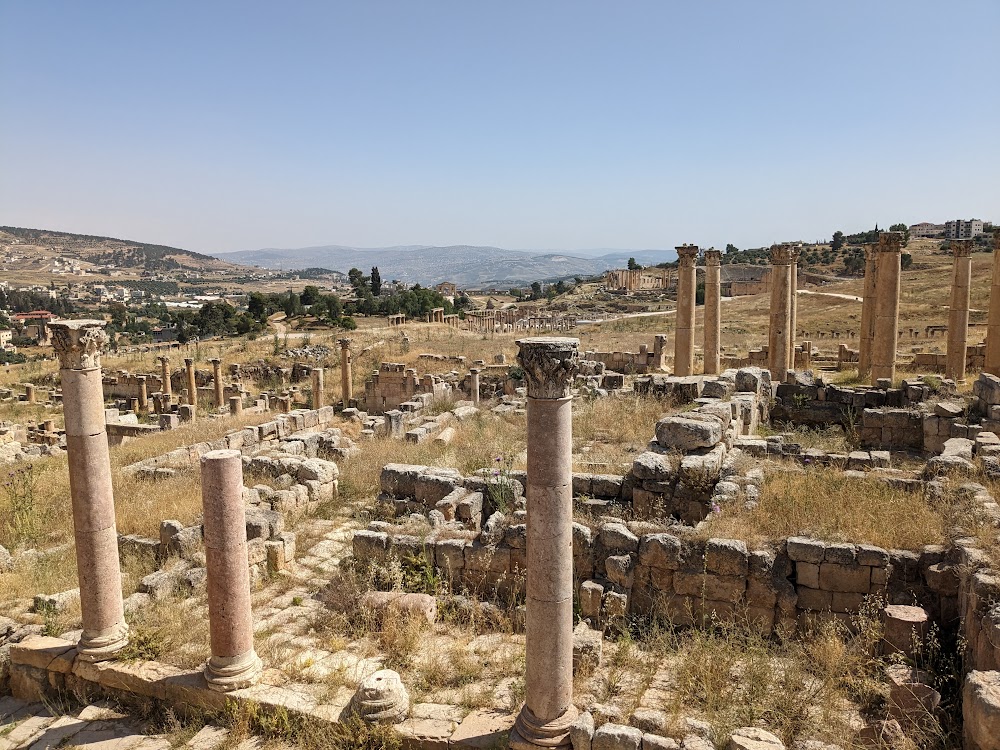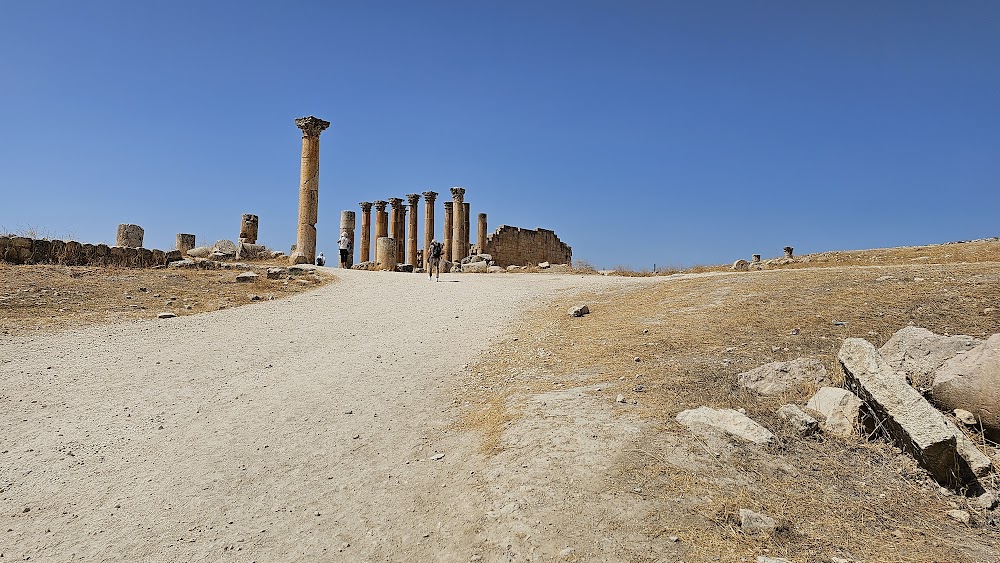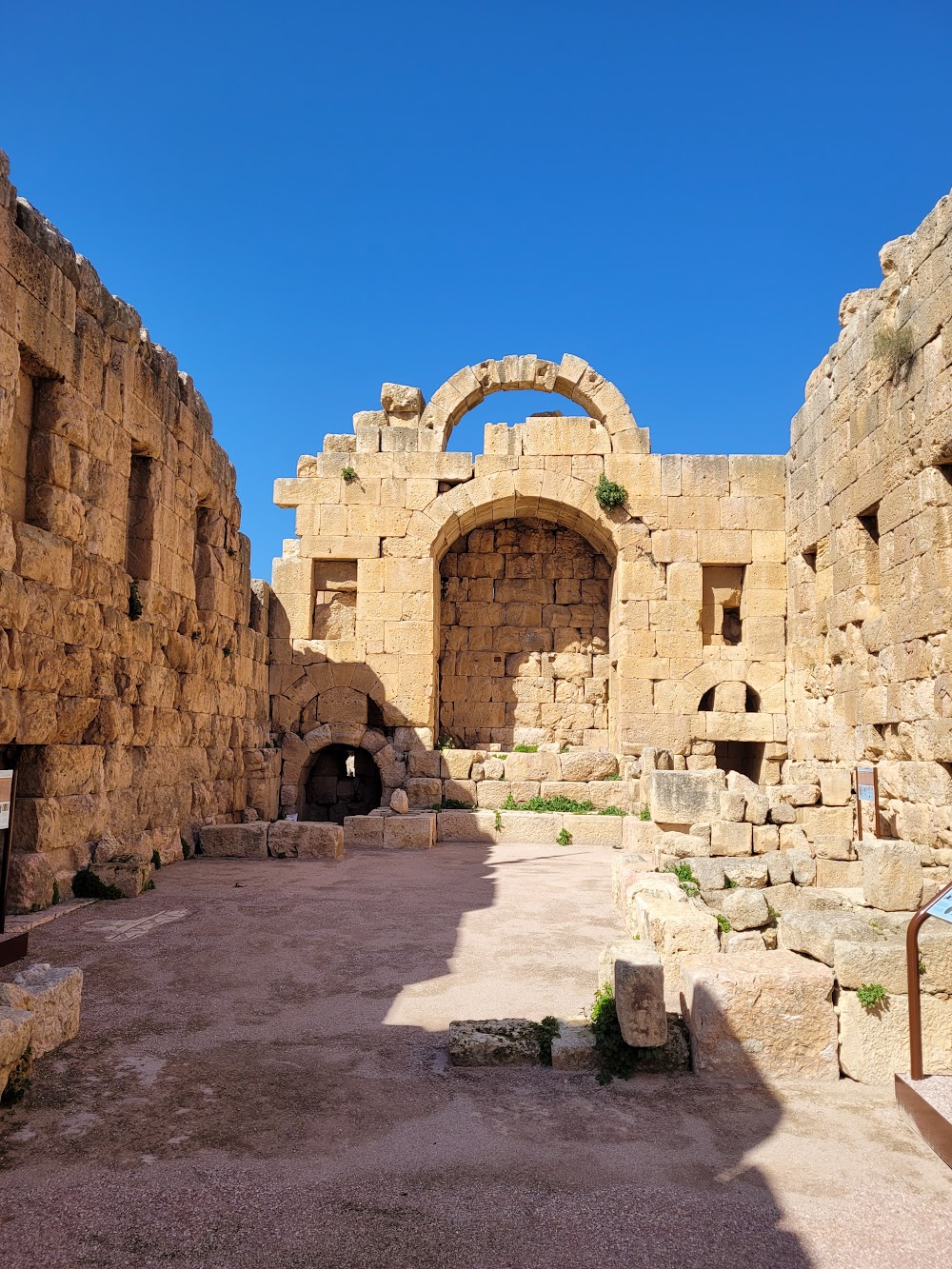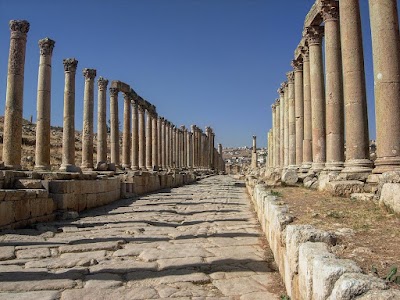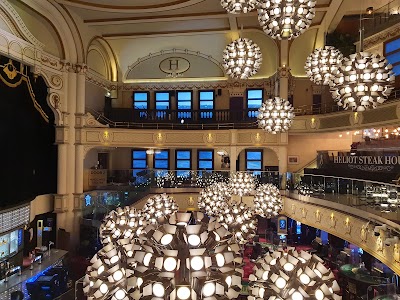Temple of Artemis (معبد أرتميس)
Overview
The Temple of Artemis in Jerash, Jordan, is a stunning example of ancient architecture and religious devotion. Constructed in the 1st century AD, this magnificent structure was dedicated to Artemis, the Greek goddess revered for her connections to hunting, wilderness, and fertility. As you approach the temple, you can’t help but feel a sense of awe at its historical significance.
The temple's construction began during the reign of Emperor Antoninus Pius around AD 150. This initiative was part of a grand vision to transform Jerash, known in antiquity as Gerasa, into a flourishing city within the Roman Empire. At that time, Jerash was already thriving, and the addition of the temple further emphasized its importance as a cultural and religious center.
Crafted from a variety of local materials, the temple primarily utilized limestone, chosen for its availability and resilience. Skilled craftsmen and laborers from surrounding regions employed advanced engineering techniques, showcasing the remarkable architectural abilities of the era.
Positioned on a raised platform, the temple commands a prominent presence in the city’s landscape. A grand staircase leads visitors up to the main structure, flanked by a colonnaded courtyard that enhances its majestic appeal. The temple's columns, made of meticulously polished limestone, are designed in the Corinthian style, featuring ornate capitals adorned with acanthus leaves.
At its core lies the cella, or inner sanctuary, which originally housed a statue of Artemis. This exquisite representation of the goddess was the focal point for various rituals and ceremonies. Although the exact features of the statue remain unknown, it likely depicted Artemis with symbols that represented her divine attributes.
The temple's roof was another marvel of engineering, constructed with large stone slabs that required precise calculations to support their weight. Many of these slabs have withstood the test of time, allowing visitors today to appreciate the original grandeur of the temple.
Over the centuries, the Temple of Artemis experienced numerous renovations and modifications. As Jerash evolved, so did the temple, adapting to shifting religious practices and architectural trends. Despite these changes, the core structure has remained largely intact, preserving its historical splendor.
The decline of the Roman Empire brought significant changes to Jerash, and by the 4th century AD, the rise of Christianity led to the repurposing of many pagan temples, including the Temple of Artemis. It gradually ceased to function as a place of worship and fell into disuse.
In modern times, the temple has been rediscovered and excavated, revealing much about Jerash's ancient past. Archaeologists have worked diligently to piece together its rich history, providing valuable insights into Roman architectural techniques and religious customs. Restoration efforts continue to preserve the standing ruins, ensuring that future generations can marvel at this ancient wonder.
Today, the Temple of Artemis stands as one of Jerash's most iconic landmarks. Its towering columns and impressive ruins draw visitors from around the world, offering a window into the grandeur of the Roman Empire and the lasting legacy of ancient civilizations. The temple serves as a monument to the artisans who built it, the city that once thrived around it, and the goddess for whom it was named.


